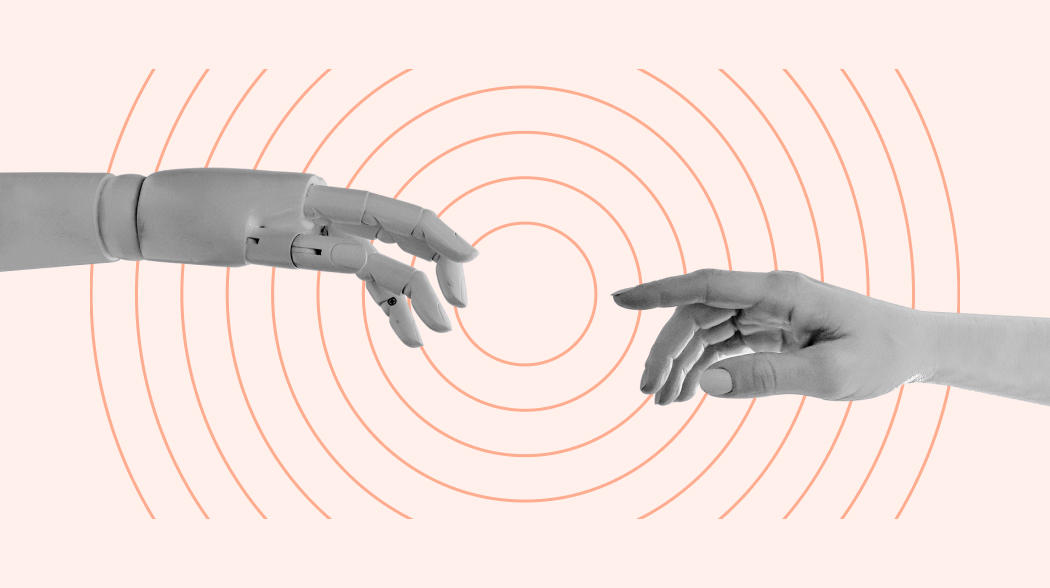The term generative artificial intelligence (AI) describes computer algorithms that can be used to create new content (audio, visual ー both static images and video, text, computer code, simulations, and more) in response to text prompts or vocal requests.
The most famous of these, ChatGPT, has received a lot of attention since its release in November 2022 when it gained 100 million users within just two months of launching.
This tool, created by OpenAI, is able to generate articles, essays, poetry, film and TV scripts, job application letters, and even jokes, in response to text prompts, although the information included is frequently not factually correct.
The company also developed the AI-powered image generator Dall-E, which it launched in January 2021, which works in a similar way.
Generative AI algorithms are trained on enormous datasets of text and images that teach them to understand word combinations or image evolutions and which subsequently enable them to generate a new representation, based on their past learning and the request issued by the user. However, they also learn from their users’ queries and from the data users share with them. A further development is their very recent connection to the internet which provides them with another immense data source from which they continue to learn.
Negative aspects to date
There are two sides to the coin represented by these cutting-edge technologies, both for society and for business.
Focusing on the business world, there are, on the one hand, many positive aspects such as the creation of customized software tools for companies, the ability for a company to run queries on its own data to extract greater knowledge of customer or supplier behaviour, or company performance, time savings to be had in generating routine reports or different versions of content for use in marketing activities.
On the other hand, some important negative aspects have also emerged.
- Cyber attacks: although the quantity of phishing emails (inducing a victim to click on a malicious link embedded in an email or text message) has actually decreased recently according to UK cybersecurity firm Darktrace, the average linguistic complexity of phishing emails has visibly increased suggesting that generative AI can be used by criminals to create more sophisticated messages to gain the trust of victims.
- Biases: generative AIs are trained on existing texts and then their responses are fine-tuned in further training by humans (supervised learning). Consequently, their algorithms contain the myriad biases (racist, sexist, homophobic, political, economic, etc.) that have yet to be corrected, with the result that these are further perpetuated.
- Inaccurate or false information and misinformation: the answers produced by generative artificial intelligence models usually seem extremely convincing. But frequently the information they generate is inaccurate or even completely wrong. For example, if ChatGPT is asked to create misinformation, it will do so, even on topics such as vaccines, COVID-19, or laws.
Despite these shortcomings, it is clear that once tools such as ChatGPT and DALL-E have been improved significantly to reduce the generation of false information and the perpetuation of biases, they will have the potential to change the way various jobs are performed or even the nature of work.
What does the future hold?
Like it or not, technology has always revolutionized industries and transformed the way companies operate or jobs are done.
By enabling the automation of many tasks that were previously performed by humans, generative AI has the potential to increase efficiency and productivity, reduce costs and eliminate laborious tasks, and reveal new growth opportunities.
This means, however, that there are also roles and functions that are bound to be replaced by generative AI.
A number of tasks currently performed by people could be automated or simplified by this technology. Some of the tasks that have already started being supported by AI, include
- data capture and processing
- customer service and support roles (e.g. answering frequently asked questions)
- translation tasks, report writing, and
- content manipulation and generation.
But this technology can also help support human workers, enabling them to be more productive and efficient in their roles, freeing them from time-consuming and mindless tasks without depriving them of their role in the company but rather creating new job opportunities.
There are many issues related to generative AI that have still to be addressed. Governments and civil society are scrambling to create guidelines for its developers and guardrails and protection for its users and trainers. This is a space that will continue to evolve with new implications for all.



